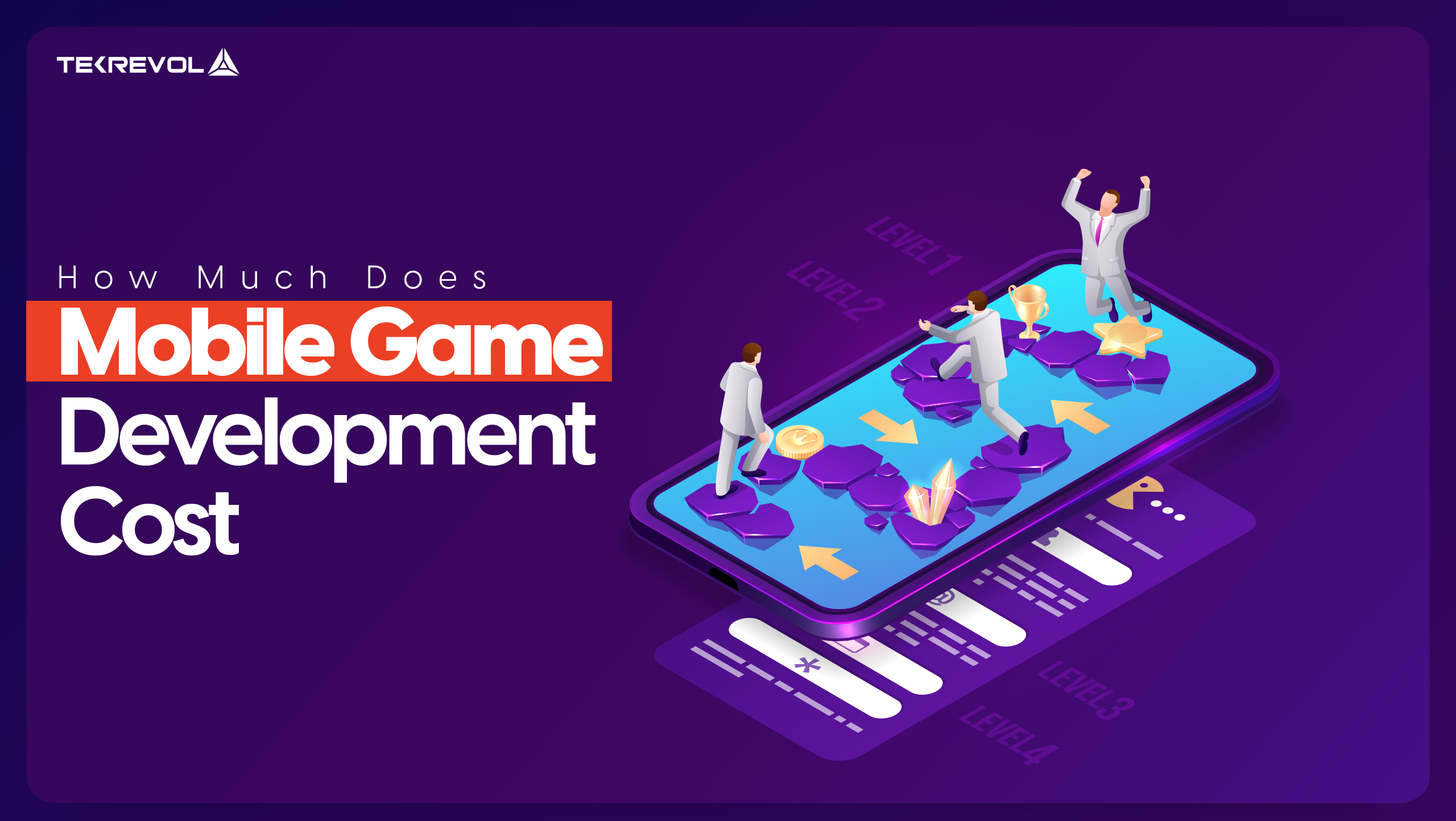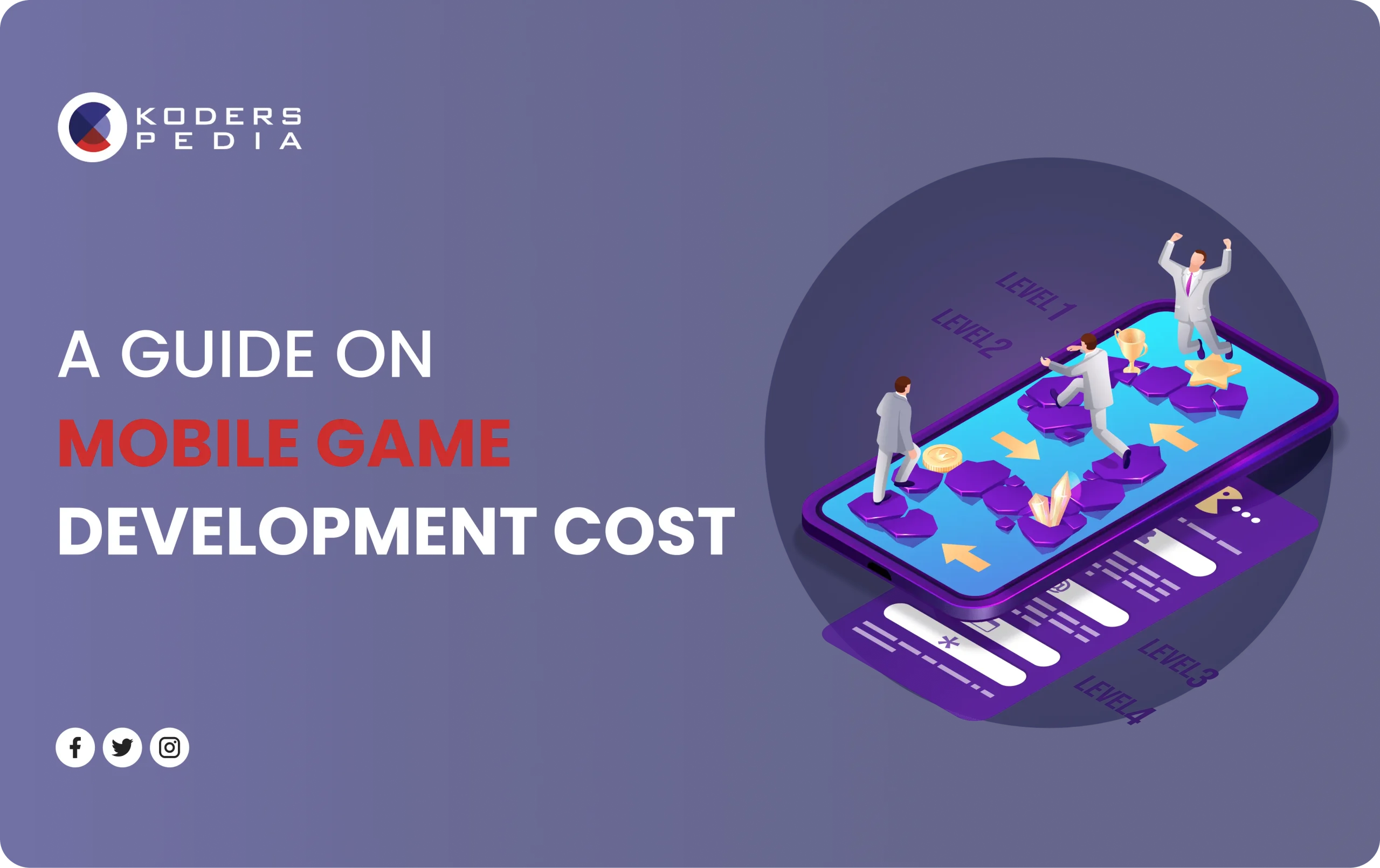Are you curious about the costs behind creating a mobile game? Whether you’re an aspiring developer or a business looking to expand your digital presence, understanding the financial aspects is crucial.
Imagine having a clear roadmap that guides you through the expenses, helping you avoid surprises and make informed decisions. This guide is designed with you in mind, breaking down each element of mobile game development into digestible pieces. Dive in to discover the budget essentials, learn how to optimize your spending, and get a realistic perspective on what it takes to bring your game idea to life.
Don’t let uncertainty hold you back—empower yourself with the knowledge to turn your gaming vision into reality. Keep reading to unlock the secrets of mobile game development costs!
Factors Influencing Costs
Simple games cost less to make. They have few features. Complex games need more work. They have many levels and characters. This makes them costly. More time and effort are needed. Thus, the price goes up.
Developing for one platform is cheaper. Multiple platforms increase costs. Each platform has its own rules. Developers must follow them. This takes extra time. Thus, the expenses rise.
Basic designs cost less. High-quality graphics need skilled artists. They demand more money. Beautiful visuals attract players. But they also raise the price. The better the graphics, the higher the cost.
Small teams cost less. They work on smaller projects. Big teams handle complex games. More people mean higher salaries. Thus, larger teams are expensive. The size of the team affects the budget.

Budgeting For Different Game Types
Casual games are simple and fun. They don’t need much money to make. These games can cost between $50,000and $100,000. They have easy designs and basic graphics. Small teams usually work on them. They are quick to make. You don’t need complex tools to build casual games.
Mid-core games are a bit more complex. They need better graphics and stories. These games can cost between $100,000and $250,000. Teams need to be bigger. Sometimes, they have online features. These games take more time to develop. Players spend more time playing them.
Hardcore games are the most complex. They have high-quality graphics and detailed stories. These games can cost more than $250,000. Big teams work for many months. They need advanced tools. Players expect a rich experience. These games often have long play times.
Cost Breakdown
Pre-production costs are the first step in game development. These include planning and research. Hiring a game designeris important. They create the game concept. This step ensures the game idea is solid. Market research is also needed. It helps understand the audience. A clear plan saves time and money later.
Development costs are the largest part of the budget. Developers write the game code. Artists design characters and backgrounds. Sound designers add music and effects. Each role is important. Costs vary based on game complexity. Simple games cost less. Complex games need more resources. Testing is crucial too. It finds and fixes bugs.
Post-production is the final stage. It prepares the game for players. Marketing is key here. It helps attract users. Often, a marketing teamis hired. They create ads and promotions. Launching the game on platforms has fees too. Support teams handle player issues. They ensure a smooth experience. Post-launch updates keep players engaged.
Hidden Costs
Marketing can be expensive. Ads need money. Social media campaigns cost too. Blogs and influencers charge fees. Planning costs time. Good plans need experts. Experts ask for payment. Promotion is essential. Without it, games go unnoticed. Reaching the audience is hard. It takes effort and money.
Games need regular updates. Bugs appear often. Fixing bugs is important. It keeps players happy. Updates cost money. Developers spend time on updates. Time is money. Servers need maintenance too. They need regular checks. Checks prevent crashes. Crashes upset players. Upset players leave games.
Legal fees can surprise. Contracts need lawyers. Lawyers charge high fees. Games need licenses. Licenses protect ideas. Without licenses, ideas are stolen. Protecting ideas is costly. Laws change often. Changes need attention. Ignoring laws is risky. Risks lead to fines. Fines cost money.
Ways To Optimize Budget
Picking the best tools can save money. Some tools are free. Others offer discounts for small teams. Consider tools with built-in features. They reduce the need for extra purchases. Simple tools can be enough for basic games.
Hiring experts from other places can be cheaper. They often charge less. Experienced teams finish tasks quickly. This saves time and money. Look for teams with good reviews. They should have a strong record in game development.
Agile methods focus on short work periods. They help teams spot mistakes early. Fixing early problems is cheaper. Regular updates keep the project on track. Teams work closely and communicate often. This ensures everyone knows their tasks.

Case Studies
Some game developers manage their budgets well. They stay on track. They plan every cost. Every expense is checked. This helps them save money. They also finish the game on time. Players enjoy these games. The developers feel proud. They learn from each project. They grow better with each game.
Sometimes costs go over budget. Developers face challenges. They learn from mistakes. A game might take more time. This increases costs. New problems can appear. Fixing them costs more. Teams learn to plan better. They make smarter choices next time. Mistakes teach valuable lessons. This helps in future projects.
Future Trends In Game Development Costs
New technologies can change game development costs. Virtual reality and augmented reality need special tools. These tools can be costly. Artificial intelligence can help make games smarter. This can save time but may cost more at first. Using blockchain in games might be expensive too. It needs special skills. Still, these technologies make games fun and engaging.
Players want better graphics and stories. This raises development costs. Mobile games must work on many devices. This needs extra testing. Updates are also important. They keep players happy but cost money. Developers must balance costs and player needs. New trends can shift quickly. Staying updated is key for success.

Frequently Asked Questions
What Factors Influence Mobile Game Development Cost?
The cost of mobile game development depends on several factors. These include complexity, platform choice, design, and features. The developer’s experience also plays a significant role. Advanced graphics, multiplayer options, and integration with APIs can increase costs. It’s essential to define your game’s scope to manage expenses effectively.
How Long Does It Take To Develop A Mobile Game?
The development timeline varies based on the game’s complexity. Simple games may take a few months to develop. More complex games can take over a year. Factors such as team size, experience, and technology used also affect the timeline. Proper planning can help streamline the process and meet deadlines.
What Are Common Mistakes In Budgeting Mobile Games?
Common budgeting mistakes include underestimating development time and costs. Not accounting for marketing and post-launch expenses can also be problematic. Unrealistic expectations and scope changes can lead to overspending. It’s crucial to have a detailed budget plan and stick to it throughout the development process.
How To Reduce Mobile Game Development Costs?
Reducing costs requires strategic planning. Use pre-built templates and assets to save time and money. Focus on essential features and avoid unnecessary complexity. Outsourcing certain tasks can be cost-effective. Regularly review and adjust your budget to ensure efficient spending without compromising quality.
Conclusion
Creating a mobile game involves careful planning and budgeting. Costs vary based on design, features, and platforms. Understanding these factors helps manage expenses effectively. Start with a clear idea and plan each stage. Choose the right team to bring your vision to life.
Keep communication open to avoid misunderstandings. Always test your game thoroughly before release. This ensures a smooth user experience. With thoughtful preparation, your game can succeed in the competitive market. Stay focused and adaptable to changes. Remember, every detail counts in creating a successful mobile game.
Read More:
- Network Automation Tools ROI: Boosting Efficiency & Savings
- Noise‑Cancelling Earbuds Battery Life: Maximize Your Usage
- Ci/Cd Pipeline Tools Comparison: Boost Your DevOps Efficiency
- Serverless Vs Containerized Workloads: A Comparative Guide
- Vr Content Creation Tools 2025: Revolutionize Your Creations
- Best Gaming PC Build under $1500: Ultimate Performance
- Best Cross‑Platform Mobile Frameworks 2025: Top Picks
- Javascript Frameworks Benchmark 2025: Speed & Performance

